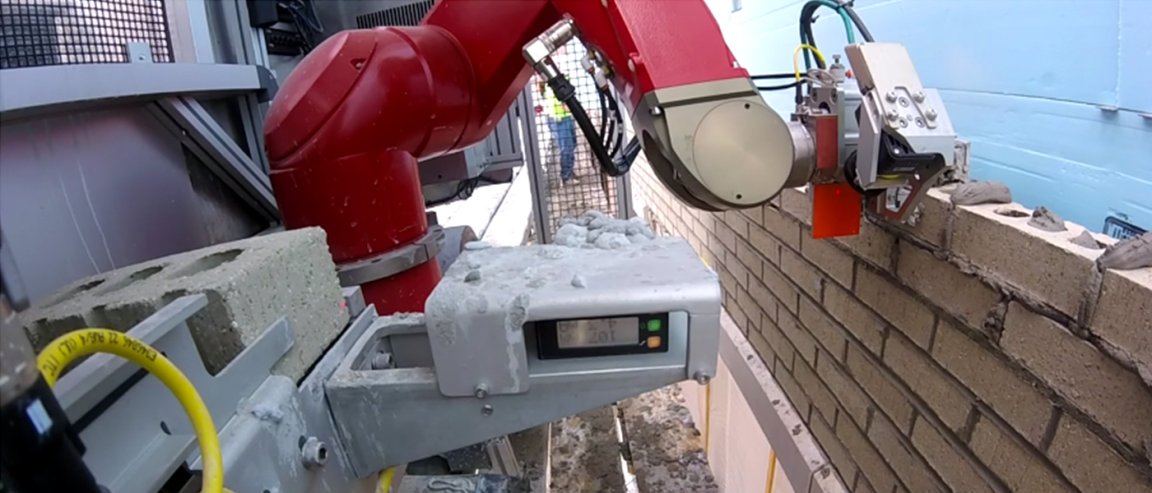
Brick by Brick
Meet SAM — short for Semi-Automated Mason — created by the New York based Construction Robotics. SAM is capable of laying 3,000 bricks per day, and he is coming to the U.K. in a few months.

SAM can work about 500 percent faster than humans, and discrepancy in labor cost that causes is significant. According to a report by Zero Hedge, 3,000 bricks boils down to a cost of 4.5 cents per brick. Based on a $15 per hour minimum wage rate and benefits, a human bricklayer with an average efficiency of about 500 bricks will cost construction firms about 32 cents per brick — that’s more than 7x the cost of an automated bricklayer.
SAM isn’t able to work independently, however. A builder still has to feed the bricks onto its conveyor belt, which will then be picked up by SAM’s robotic arm, slathered with mortar, and placed on the wall. From there, another bricklayer has to follow up SAM’s work by cleaning up excess mortar.
Construction Robotics
This kind of efficiency is emerging amid rising demand for construction services, which means it’s likely only a matter of time before the of technology will undergo mass adoption among construction companies.
[infographic postid=”6329″][/infographic]
Across the U.S., SAM has already been deployed in several construction sites. Now, Construction Robotics has announced its entry into the U.K. market later this year as it finalizes negotiations with various construction companies.
Not surprisingly, Since automation would likely lead to the displacement of numerous employees in the construction workforce, movement in that direction has been been met with a lot of resistance. Many in the field point out the complexity of other aspects of the construction process, which robots are currently not capable of handling. While this could limit the impact of automation on construction workers, it would not eliminate it. SAM is one example of why some experts are calling for nations to begin developing systems that will ensure our society can still function in a world where jobs will become less available to humans.